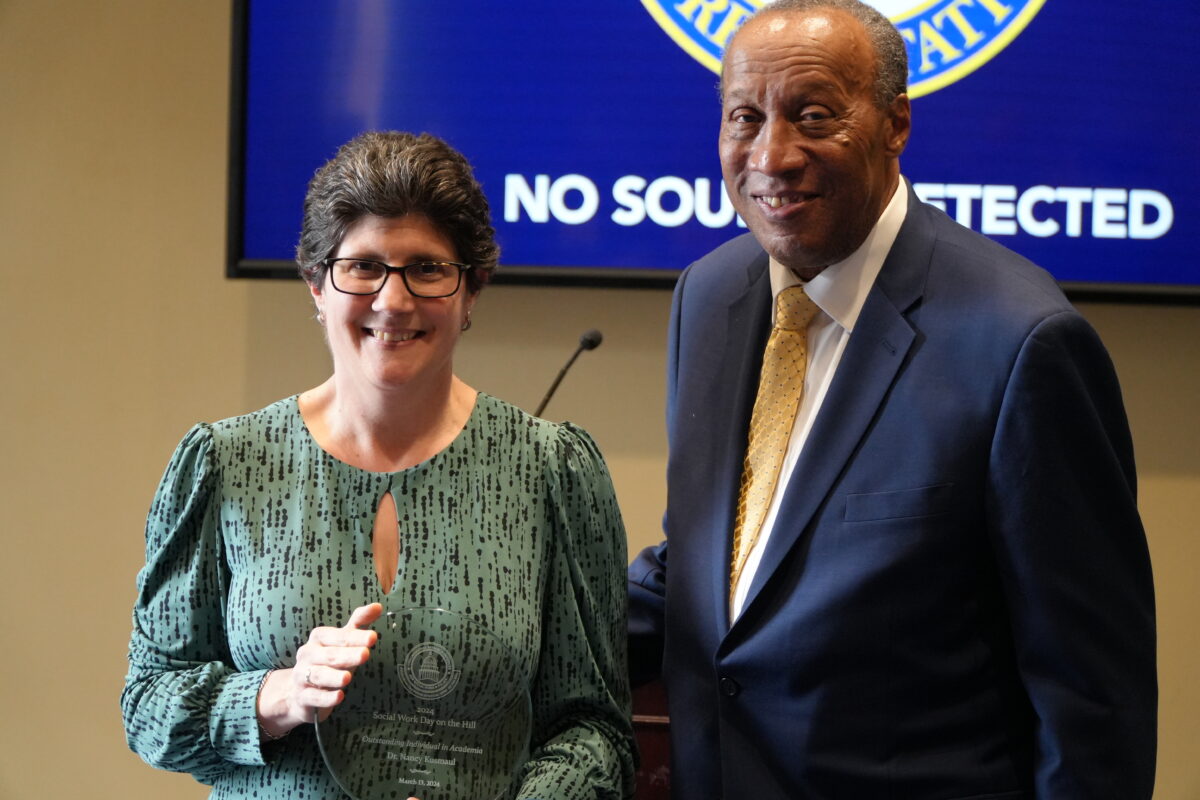The Science of Snow
There are good reasons why Baltimore goes berserk about winter weather: Like many areas along the Mid-Atlantic, it often sits on the “rain-snow” line, or 32 F line, which makes storms difficult to forecast. “Small errors in predicting a storm’s track and intensity can mean all the difference between being on the warm side and getting mostly rain, or the cold side and mostly snow,” said Jeff Halverson, research associate professor at UMBC.
The University’s Joint Center for Earth Systems Technology (JCET) is home to NASA Goddard Space Flight Center research professors/weather and climate experts like Halverson and Ali Tokay who can help explain the science of snow. In addition to their research on global rainfall (Tokay) and tropical weather (Halverson) the pair also take turns teaching Geography 311: Weather and Climate, where students often ask about the nor’easters that occasionally dump over a foot of snow on the Mid-Atlantic.
There’s a good reason why the 50 million residents of the Northeastern urban corridor stretching from Richmond to Boston are hit by big snows fairly frequently. “The corridor’s unique geography puts its cities in a meteorological cross-hairs,” said Halverson. “The warm Atlantic Gulf Stream supplies abundant moisture, and the Appalachians ‘dam up’ or trap cold Canadian air, factors that often combine for significant snow events.”
“UMBC is in an interesting part of the U.S.; the rain-snow line can be just on top of us,” said Tokay. “If you recall December 5, 2003, UMBC was closed due to snow, but no snow was observed in greater Washington.”
Tokay, who devotes about a week of his class to winter weather, studies the microphysics of all types of precipitation. Throughout his career he’s used both high and low tech ways to study snow and ice, from yardsticks and buckets to a modern instrument called a disdrometer that measures the size, fall velocity and shape of individual snowflakes.
As a graduate student at the University of Illinois, Urbana-Champaign, Tokay once braved a 22-hour blizzard to photograph individual snowflakes under a specially fitted microscope. “All snowflakes are six-sided, but it’s true as they say that no two are identical,” said Tokay. “They come in several shapes including needles, dendrites, columns and plates. Measuring snowfall is not an easy task, and running in and out of our building every five minutes at frigid temperatures was not fun, but we meteorologists live for that sort of thing.”
So what sort of winter is predicted for Maryland this year? Halverson said that official forecasts for early winter look normal, i.e. equal chances of snow or rain. “But the data suggests to me that the Mid-Atlantic is in an upswing of severe snowstorm activity and I would predict an active year with two to three major snowstorms.”
12/20/2004



